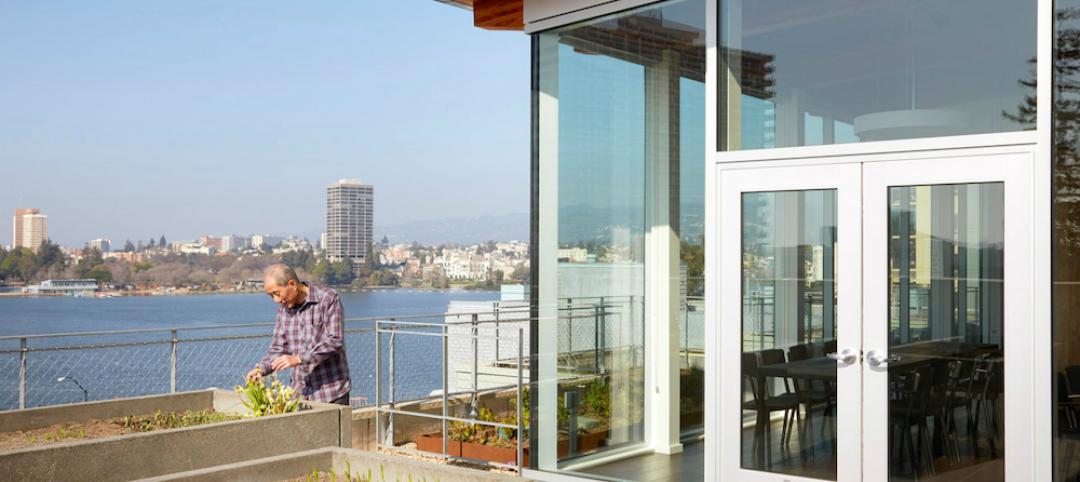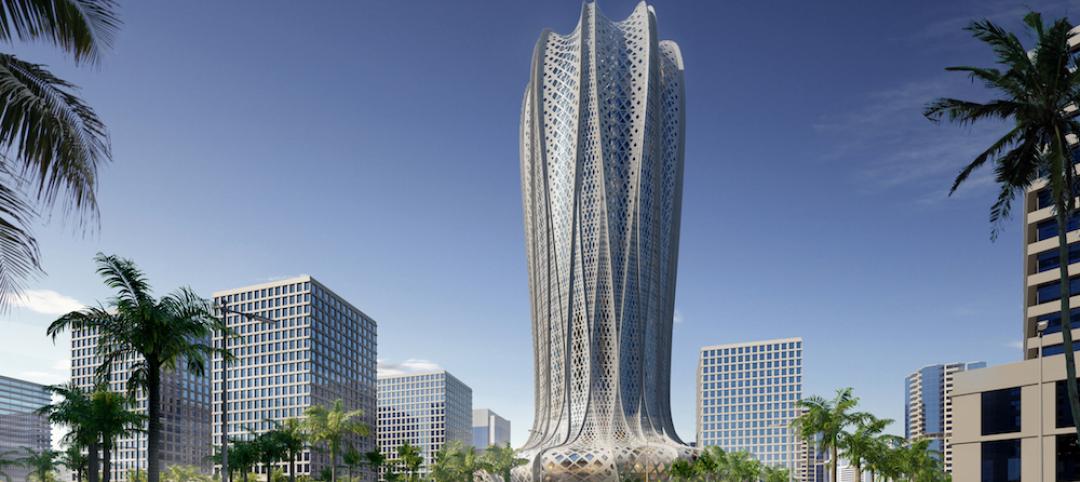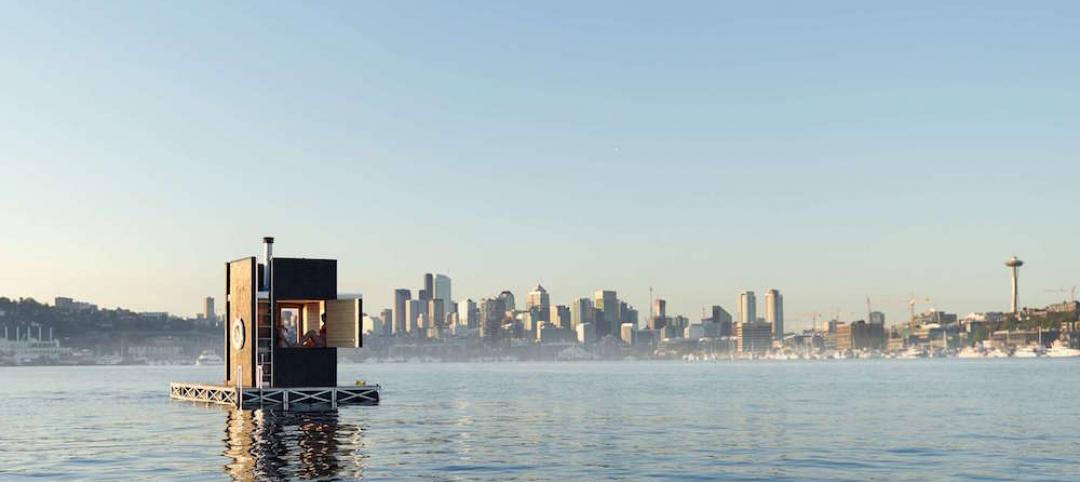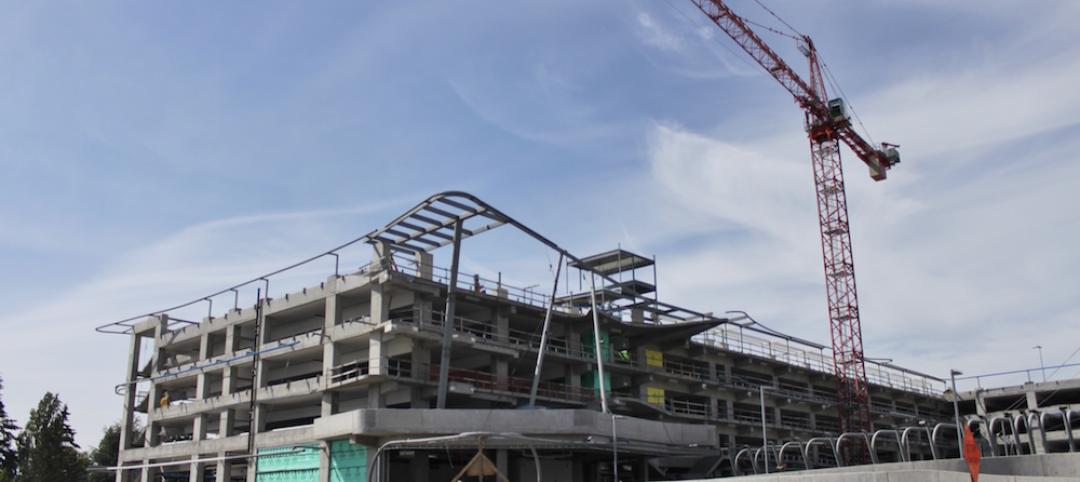Low-emissivity (low-e) glasses are critical to making today’s buildings brighter, more energy-efficient and more sustainable. By controlling solar heat gain and promoting daylighting, they help buildings use less energy for temperature control and lighting, while adding the human benefits associated with outdoor views and more pleasant working and living environments.
Here are five tips to help architects, engineers, and contractors understand and explain the differences among low-e glasses and their impact on building performance:
1. E = Emissivity. Emissivity refers to the relative ability of a material’s surface to radiate energy. Low-e glass has a microscopically thin coating that lowers the emissivity of the glass surface and is engineered to transmit energy from the visible light portion of the solar spectrum (between 380 and 780 nanometers), while reflecting energy from ultraviolet light (310 to 380 nanometers), which causes fading, and infrared light (above 780 nanometers), which makes buildings warmer.
2. Think of a thermos. A thermos works by using a silver lining to continuously reflect and maintain the temperature of the drink it contains. Low-e glasses function according to the same principal, using multiple layers of silver or other low-emissivity materials in the coating to keep heat inside a building or prevent it from entering. Similarly, thermoses and insulating glass units (IGUs) are both designed with air spaces that provide a layer of insulation between the inside and outside.
3. More slivers of silver. Low-e coatings incorporate multiple layers of silver (or other low- emissivity materials) to control the transmission and reflection of heat and light. Recent technical advances now enable glass manufacturers to deposit up to three layers of silver on the glass substrate, which has enhanced the solar control capability of low-e glasses without diminishing their ability to transmit light.
4. Passive for insulation. Passive low-e glasses are usually made using the pyrolitic process, which means the coating is applied while the molten glass ribbon is still on the float line. This produces a “hard” coat that is fused to the glass surface and highly durable, but which has a higher emissivity that a solar-control low-e glass. Passive low-e glasses have decent insulating capabilities, but because of the limitations of metal deposition on the float line, they permit more solar infrared energy (heat) to pass through their coatings and become trapped inside the building. Consequently, passive low-e glasses are often the best choice for cold, heating-dominated climates.
5. Solar control to reduce heat gain. Coatings for solar control, low-e glasses are applied to pre-cut sheets of glass in a vacuum chamber at room temperature. This gives glass manufacturers the ability to deposit more sophisticated coatings (with multiple layers of silver) on the glass substrate, which improves solar control of the infrared (heat) portion of the solar spectrum without substantially diminishing the transmittance of visible light. These coatings are the best choice for hot, cooling-dominated (and moderate) climates. The lower emissivity of solar control low-e glasses also provides better insulating values to maintain the interior temperatures.
To learn more about low-e glass and other topics related to designing, specifying and building with glass, visit the PPG Glass Education Center at http://educationcenter.ppg.
Related Stories
Multifamily Housing | Jul 18, 2016
Four residential projects named winners of the 2016 AIA/HUD Secretary Awards
Affordable housing, specialized housing, and accessible housing projects were honored.
Sports and Recreational Facilities | Jul 18, 2016
Turner and AECOM will build the Los Angeles Rams’ new multi-billion dollar stadium project
The 70,000-seat stadium will be ready by the 2019 NFL season. The surrounding mixed-use development includes space for retail, hotels, and public parks.
High-rise Construction | Jul 15, 2016
Zaha Hadid designs geometric flower-shaped tower for sustainable Qatar city
The 38-story building will have a mashrabiya latticed facade with hotel and residential space inside.
Building Team | Jul 11, 2016
Design-assist: The way to really fly [AIA course]
Experts explain the benefits of DA, a process where the subcontractors are retained to assist other Building Team members in the development of a design. Earn 1.0 AIA CES learning units by reading and taking the exam.
Building Team | Jul 11, 2016
Addressing client concerns about design-assist
Common concerns about DA include lack of familiarity, obtaining competitive pricing, and design liability.
Sponsored | Building Team | Jul 11, 2016
Construction Disruption at AECX: Technology, hackathons and the promise of change in LA
The lead up to AECX featured a discussion providing insight into the current state of the AEC technological revolution by exploring opportunities, challenges and choices AEC pros face.
Green | Jul 1, 2016
Perkins Eastman pledges to use EDGE green building system for five upcoming international projects
The firm will partner with the International Finance Corporation to promote sustainable building in emerging markets like India and China.
Healthcare Facilities | Jul 1, 2016
AIA releases summary of the 2016 Design and Health Research Consortium
Consortium members discussed how architects, designers, and health professionals can best apply design and health research in their communities.
Architects | Jun 30, 2016
The year's best small projects include a floating sauna, dental trailer, and smocked porch
AIA chose the 2016 recipients of the Small Project Awards. Every entry cost less than $1.5 million to build, with one as low as $900.
Architects | Jun 29, 2016
AIA: Healthy demand for all building types signaled in Architecture Billings Index
Recent client interest could signal resurgence for institutional market. May's ABI score was the highest mark in nearly a year.


















